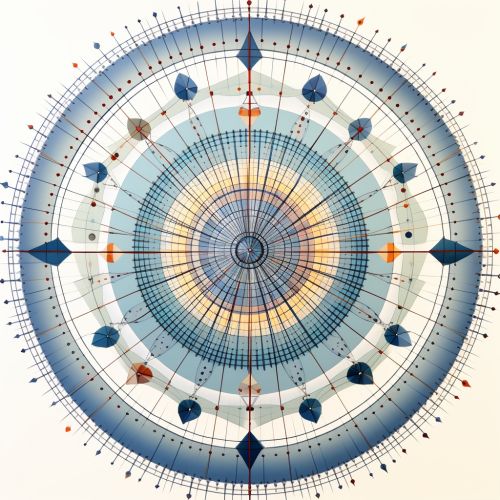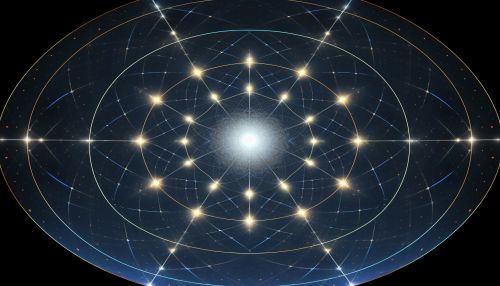Poincaré Map
Introduction
The Poincaré map, also known as the first return map, Poincaré recurrence map, or Poincaré section, is a fundamental concept in the study of dynamical systems. Named after the French mathematician Henri Poincaré, it provides a method to visualize the behavior of periodically forced systems. It is a powerful tool in the analysis of both continuous and discrete dynamical systems.


Definition
In the context of dynamical systems, the Poincaré map P is a function defined such that for any point x in the phase space, P(x) is the point in the phase space where the system returns after completing one full cycle. More formally, if we denote by T the period of the system, then P(x) = φ(T, x), where φ is the flow of the system.
Properties
The Poincaré map has several important properties that make it a valuable tool in the study of dynamical systems. These include:
1. Conservation of Area: Under the Poincaré map, areas in the phase space are preserved. This is a direct consequence of the Liouville's Theorem in Hamiltonian mechanics.
2. Fixed Points: Fixed points of the Poincaré map correspond to periodic orbits of the original dynamical system. Stability of these fixed points can provide insights into the stability of the corresponding periodic orbits.
3. Invariance under Time Reversal: If the original dynamical system is time-reversible, then so is its Poincaré map.
Applications
The Poincaré map is used in various fields of science and engineering, including physics, biology, and control theory. Some of its applications include:
1. Study of Oscillatory Systems: The Poincaré map is often used to study oscillatory systems, such as electrical circuits, pendulums, and heart rhythms.
2. Chaos Theory: In the field of chaos theory, the Poincaré map is used to visualize the behavior of chaotic systems.
3. Astronomy: In astronomy, the Poincaré map is used to study the orbits of planets and asteroids.
Conclusion
The Poincaré map is a powerful tool in the study of dynamical systems. Its ability to transform a complex, time-dependent system into a simpler, time-independent one makes it invaluable in the analysis of a wide range of systems, from simple mechanical systems to complex biological ones.
